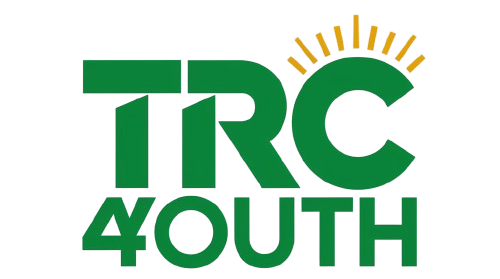Navigating the Business Landscape: Strategies for Success
Introduction
In today’s dynamic and competitive market, success in business requires more than just a great idea. It demands strategic planning, effective management, and an understanding of market trends and consumer behavior. Businesses must navigate a complex landscape of economic factors, technological advancements, and shifting consumer preferences to thrive. This article explores essential strategies for business success, highlighting key areas of focus and practical approaches for achieving sustainable growth.
1. Strategic Planning
- Defining Vision and Mission: A clear vision and mission statement provide direction and purpose for a business. The vision outlines the long-term goals and aspirations, while the mission defines the business’s core purpose and values. Together, they guide strategic decision-making and align the organization’s efforts toward achieving its objectives.
- Setting Goals and Objectives: Strategic planning involves setting specific, measurable, achievable, relevant, and time-bound (SMART) goals. These goals serve as benchmarks for success and help in tracking progress. Regularly reviewing and adjusting goals ensures that the business remains focused and adaptable to changing conditions.
- Market Research and Analysis: Understanding the market is crucial for developing effective strategies. Conducting market research provides insights into customer needs, preferences, and trends. Analyzing competitors and industry dynamics helps identify opportunities and threats, informing strategic decisions.
2. Effective Management
- Leadership and Team Building: Strong leadership is essential for guiding a business toward success. Effective leaders inspire and motivate their teams, set clear expectations, and foster a positive work culture. Building a cohesive and skilled team enhances productivity and drives organizational performance.
- Operational Efficiency: Streamlining operations and optimizing processes contribute to business efficiency and cost-effectiveness. Implementing best practices, leveraging technology, and continuously evaluating performance help improve operational workflows and reduce waste.
- Financial Management: Sound financial management is critical for business sustainability. This includes budgeting, forecasting, and monitoring financial performance. Managing cash flow, controlling expenses, and ensuring profitability are key aspects of financial oversight.
3. Marketing and Branding
- Developing a Strong Brand Identity: A well-defined brand identity differentiates a business from its competitors and creates a lasting impression on customers. This includes creating a memorable logo, consistent messaging, and a unique value proposition that resonates with the target audience.
- Effective Marketing Strategies: Marketing strategies should be tailored to reach the target market effectively. This may include digital marketing, social media campaigns, content marketing, and traditional advertising. Analyzing marketing metrics and adjusting strategies based on performance helps optimize results.
- Customer Engagement: Building strong relationships with customers is essential for long-term success. Engaging with customers through personalized communication, feedback, and loyalty programs enhances customer satisfaction and encourages repeat business.
4. Innovation and Adaptability
- Embracing Technological Advancements: Technology plays a significant role in driving business innovation and efficiency. Adopting new technologies, such as automation, data analytics, and digital tools, can enhance operations and provide a competitive edge.
- Encouraging Innovation: Fostering a culture of innovation encourages creativity and problem-solving within the organization. This includes investing in research and development, exploring new business models, and staying ahead of industry trends.
- Adapting to Change: The business environment is constantly evolving, and adaptability is key to staying relevant. Businesses must be prepared to pivot in response to market changes, economic shifts, and emerging opportunities.
5. Customer Focus
- Understanding Customer Needs: Putting the customer at the center of business decisions ensures that products and services meet their needs and expectations. Gathering customer feedback, conducting surveys, and analyzing purchasing behavior provide valuable insights for improving offerings.
- Delivering Exceptional Service: Providing excellent customer service enhances satisfaction and loyalty. This includes training staff, addressing customer concerns promptly, and maintaining high service standards. A focus on service excellence contributes to a positive brand reputation.
- Building Customer Loyalty: Implementing loyalty programs, personalized offers, and recognition initiatives can strengthen customer relationships and encourage repeat business. Loyal customers are more likely to advocate for the brand and contribute to long-term success.
